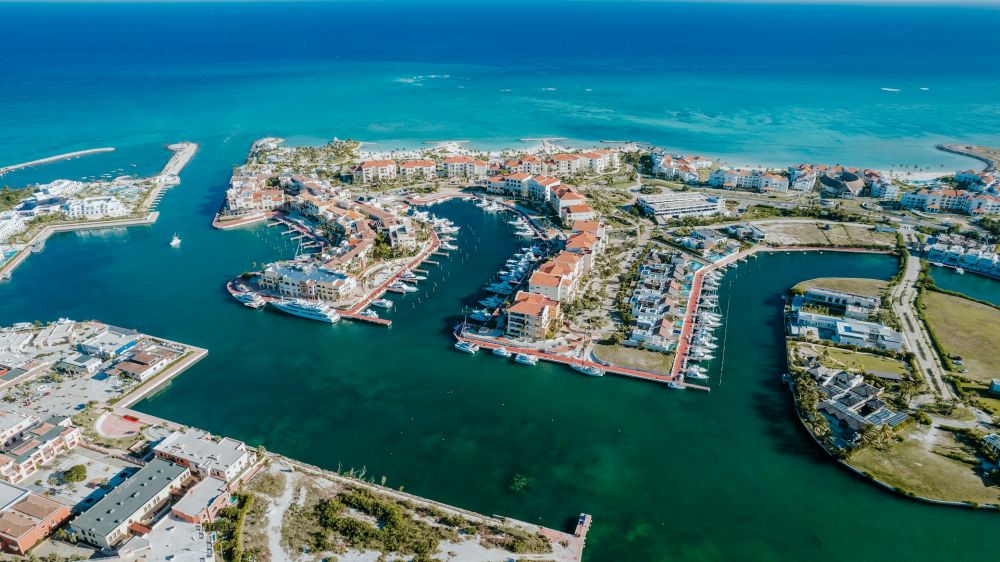Sustainability is no longer a secondary argument in tourism—it now determines the attractiveness and competitiveness of destinations. In this context, Quintana Roo, the driving force of Mexican tourism, has introduced the “Sello Verde” (Green Seal). This new certification brings together internationally recognized standards such as ISO 14001, LEED, EarthCheck, Blue Flag, and Green Key. The goal is clear: to position the Mexican Caribbean within the global trend that is already influencing investment and travel decisions.
A key state for Mexican tourism
The state of Quintana Roo accounts for over 45% of international arrivals to Mexico. Cancún, the Riviera Maya, and Tulum are among the top destinations for North American and European markets, and their airports are among the busiest in the Caribbean. Adopting a state-wide sustainability label is therefore not just a local issue—it sends a strong international message and could influence the entire region.
A strategy with tangible impact
The plan includes an investment of between 16 and 25 million dollars over a period of four to five years. Projections indicate a 10 to 15% increase in tourist spending, an annual economic impact exceeding 5.8 billion dollars, and operational savings for hotels of up to 2 million dollars per year. But beyond the numbers, the “Sello Verde” aims to transform how destinations in Quintana Roo develop, by integrating environmental efficiency, social inclusion, and long-term profitability.
Established regional benchmarks
The initiative aligns with a broader Latin American landscape where several countries have already launched their own models. Costa Rica, a pioneer in the field, implemented the Certificate for Sustainable Tourism (CST), applied to iconic sites like Manuel Antonio National Park and boutique hotels in Guanacaste, combining energy efficiency with biodiversity conservation.
In Chile, the “S” Seal distinguishes destinations like Chiloé and San Pedro de Atacama, where low-impact tourism relies on renewable energy and community participation.
Colombia, for its part, is deploying the NTS-TS standard in areas such as the Coffee Cultural Landscape and Tayrona National Natural Park, with notable progress in waste management and carrying capacity control.
A rapidly growing global demand
Travelers are already expressing their expectations. According to Booking.com’s 2023 Sustainable Travel Report, 74% of tourists consider it important to travel responsibly. Data from WorldMetrics confirms this trend: 73% want to discover sustainable destinations, and nearly 60% are willing to pay more for environmentally friendly accommodations.
These figures reflect a profound shift: sustainability is not a passing trend but a decisive factor in destination choice. With the “Sello Verde”, Quintana Roo is not just responding to this demand—it aims to lead the way in globally competitive and sustainable tourism.
Photos: Mexican Caribbean








